Topics include the prospects of technological acceleration, Metaverse development and immersive computing, transcendence and cybernetic immortality, neurotechnologies and mind uploading, outer and inner space exploration, Global Mind and phase transition of humanity, physics of time and information, consciousness, evolutionary cybernetics, Chrysalis conjecture and Transcension hypothesis, Artificial General Intelligence and cyberhumanity, transhumanism and singularity, Fermi Paradox, Omega Point cosmology, Cybernetic Theory of Mind, and more. https://www.ecstadelic.net/e_news/metaverse-news-network-liv…x-vikoulov #Metaverse #Singularity #Transhumanism #Transcension #Futurism #Cybernetics #SyntellectHypothesis #AlexVikoulov
Category: existential risks – Page 69
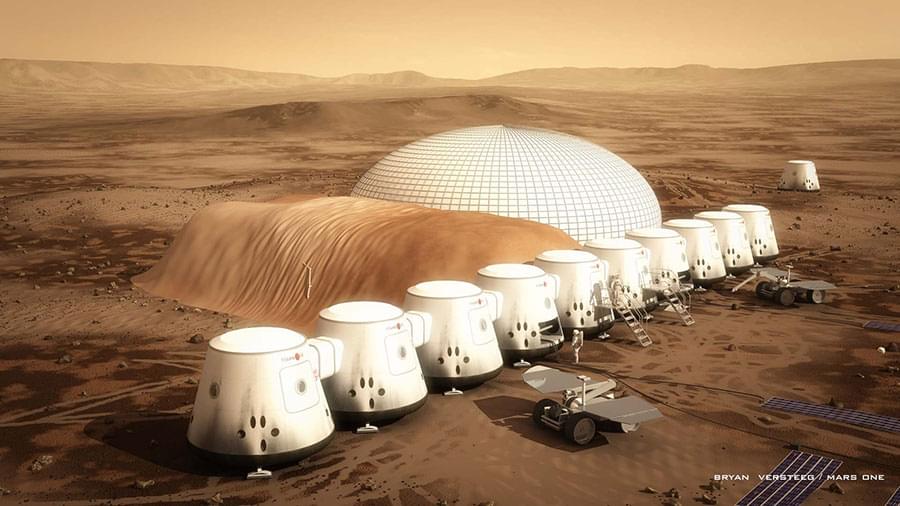
HumanityMars NEW YEAR 2030 PARTY IN MARS CITY!
FeaturedRead our 3 books at https://lifeboat.com/ex/books.
The Lifeboat Foundation is a nonprofit nongovernmental organization dedicated to encouraging scientific advancements while helping humanity survive existential risks and possible misuse of increasingly powerful technologies, including genetic engineering, nanotechnology, and robotics/AI, as we move towards the Singularity.
Lifeboat Foundation is pursuing a variety of options, including helping to accelerate the development of technologies to defend humanity, such as new methods to combat viruses, effective nanotechnological defensive strategies, and even self-sustaining space colonies in case the other defensive strategies fail.
We believe that, in some situations, it might be feasible to relinquish technological capacity in the public interest (for example, we are against the U.S. government posting the recipe for the 1918 flu virus on the internet). We have some of the best minds on the planet working on programs to enable our survival. We invite you to join our cause!
Visit our site at https://lifeboat.com. Participate in our programs at https://lifeboat.com/ex/programs. Follow our Twitter feed at https://twitter.com/LifeboatHQ and our GETTR feed at https://gettr.com/user/LifeboatHQ. Watch our YouTube channel at https://youtube.com/lifeboathq. Read our blog at https://lifeboat.com/blog. Join our LinkedIn group at https://www.linkedin.com/groups/35656. Subscribe to our newsletter at https://lifeboat.com/newsletter.cgi.
Interact with the author of “The Human Race to the Future: What Could Happen—and What to Do” at https://www.facebook.com/groups/thehumanracetothefuture.
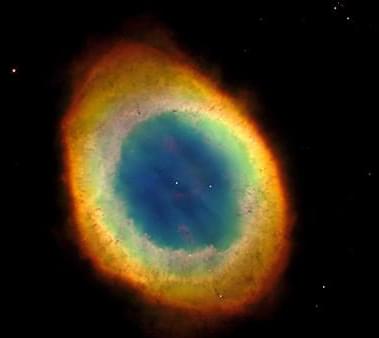
Is the Sun expanding? Will it ever explode? (Beginner)
It’s wild.
A global apocalypse could be closer than you think.
According to astronomers, in five billion years or so, the sun will run out of hydrogen in its core completely and expand, possibly engulfing the earth. Now that’s a bright future you don’t want. SpaceX CEO Elon Musk recently tweeted that the expansion of the Sun would result in the extinction of all life on the planet, making interplanetary living a necessity. Musk said this in response to a paper warning about mass extinction caused by human activity, arguing for the necessity of working on ways to move off-world. However, while we lack the technology to live on other worlds just yet, we may have a more immediate catastrophe at hand — climate change and global warming. a preprint that has not yet been peer-reviewed, Sohrab Rahvar, proposes using gravity assist by the asteroids to change the orbit of the Earth.
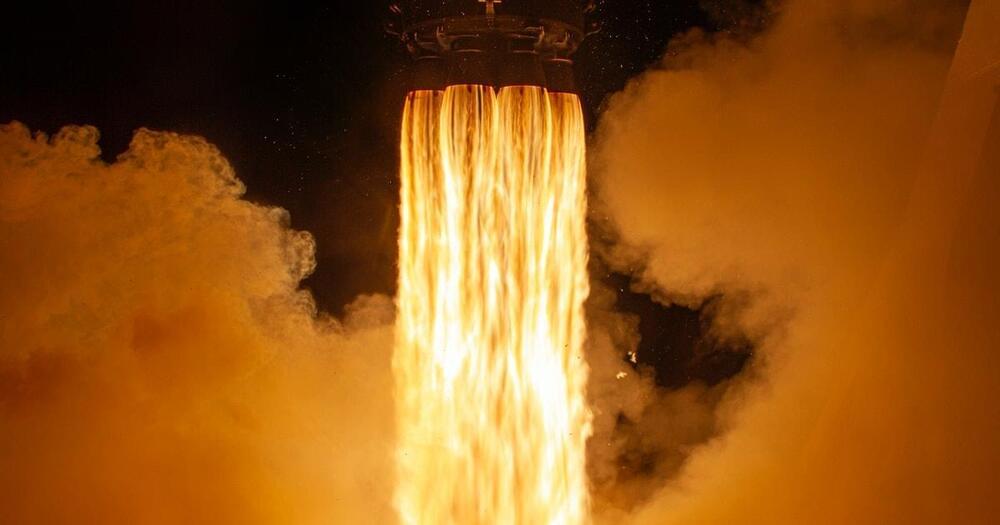
SpaceX Starlink: Why humanity needs to act now before it’s too late
We will soon need to make some difficult choices.
Given current trends, that number will be reached within a year or so. There are ways to mitigate the effect of these streaks. Painting the satellites and adding reflective panels could reduce their brightness, particularly at infrared wavelengths that are important for near-Earth asteroid detection.
But the study points out that the mitigation strategy currently proposed by Starlink won’t be sufficient to avoid an impact on astronomy.
It is clear we will soon need to make some difficult choices about satellite Internet. While it could broaden human connection to even the poorest and most remote regions of the world, it could also destroy our ability to view the heavens and more deeply understand the universe we call home.
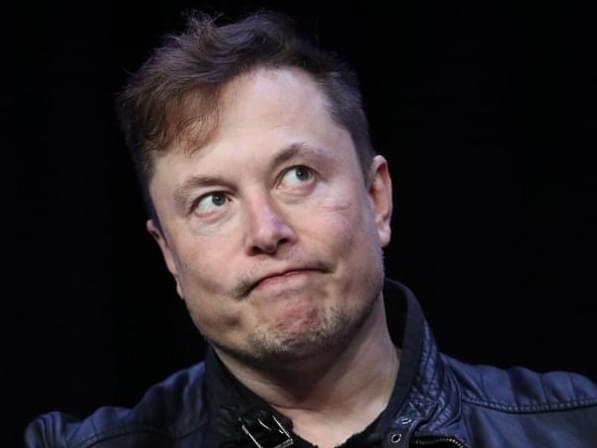
Elon Musk Says All Species on Earth Will Die When the Sun Expands
Unless we move to other planets.
SpaceX CEO Elon Musk has said, in a tweet, that the expansion of the Sun could possibly result in the extinction of all species on the planet, making interplanetary living a necessity. While this might turn true, Musk said this in response to a paper warning about mass extinction caused by human activity.
Musk’s tweet came as an unsolicited response to a paper in Biological Reviews titled The Sixth Mass Extinction: fact, fiction or speculati… See more.
Scientists say up to 260,000 species may have gone extinct since the year 1500. Elon Musk points towards the Sun expanding in five billion years, which would kill all the species.

Earth Has a Heartbeat, but No One Really Knows Why
Here’s how often it goes off.
Just like you, our planet has a ticker that keeps time: Earth’s geological “heartbeat” goes off on a regular schedule, albeit with millions of years in between, says a new study in Geoscience Frontiers.
When scientists from New York University and the Carnegie Institution of Science in Washington D.C. analyzed 260 million years of geological feedback, they found “global geologic events are generally correlated,” and seemingly come in pulses every 27.5 million years.
Those events include everything from “times of marine and non-marine extinctions, major ocean-anoxic events, continental flood-basalt eruptions, sea-level fluctuations, global pulses of intraplate magmatism, and times of changes in seafloor-spreading rates and plate reorganizations,” the authors write. They considered a total of 89 such major events from the last 260 million years, from which the 27.5 million-year cycle emerged.
Lightyears 101: Are We Watching the Stars In Real Time?
In our solar system, Saturn is the farthest planet from Earth that can be seen with the naked eye. And if it is destroyed by an asteroid while you are watching it (with or without a telescope), the ringed planet would still be visible to you for around 80 minutes, on average, even after it’s in bits and pieces. This happens because the average distance between Saturn and Earth is 0.00015 light-years, which means that the light from Saturn takes approximately 80 minutes to rea… See more.
A lightyear is a unit that denotes the distance of objects from Earth in space. But how did it come to be and how does it help us in space travels?
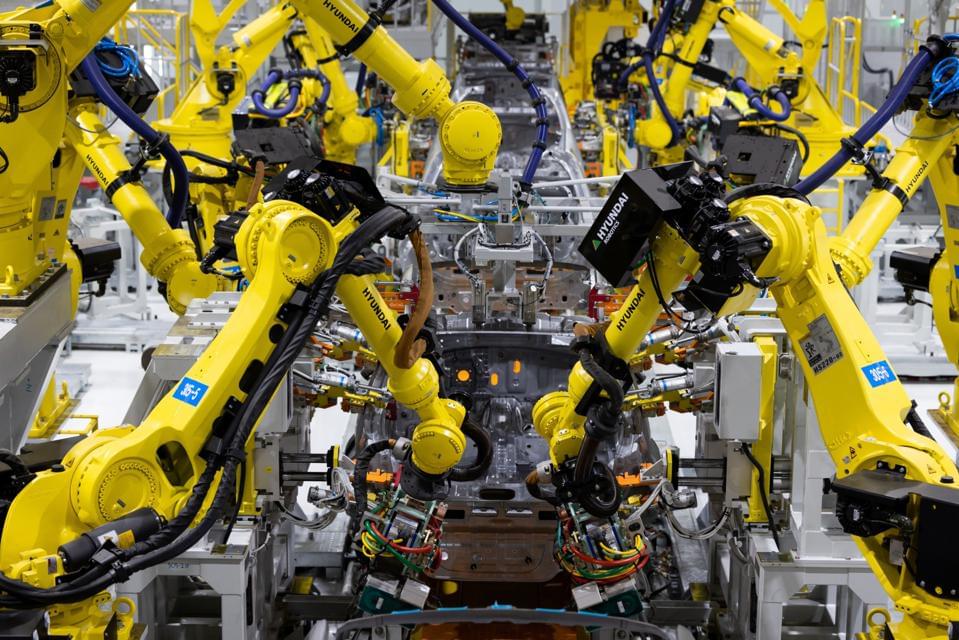
The Robots Are Not Coming
In 1987, at the beginning of the IT-driven technological revolution, the Nobel-Prize-winning economist Robert famously quipped that “you can see the computer age everywhere but in the productivity statistics.”
More than 30 years later, another technological revolution seems imminent. In what is called “the Fourth Industrial revolution,” attention is devoted to automation and robots. Many have argued that robots may significantly transform corporations, leading to massive worker displacement and a significant increase in firms’ capital intensity. Yet, despite these omnipresent predictions, it is hard to find robots not only in aggregate productivity statistics but also anywhere else.
While investment in robots has increased significantly in recent years, it remains a small share of total investment. The use of robots is almost zero in industries other than manufacturing, and even within manufacturing, robotization is very low for all but a few poster-child industries, such as automotive. For example, in the manufacturing sector, robots account for around 2.1% of total capital expenditures. For the economy as a whole, robots account for about 0.3% of total investment in equipment. Moreover, recent increases in sales of robotics are driven mostly by China and other developing nations as they play catch up in manufacturing, rather than by increasing robotization in developed countries. These low levels of robotization cast doubt on doomsday projections in which robots will cut demand for human employees.
But is it too early to assess the future of robots? Is it possible that robots are still in their infancy, and the current levels of adoption are not indicative of their future impact on the workplace? After all, Solow’s productivity paradox was ultimately resolved in subsequent decades, as investments in digital technologies paid off, transforming the world in the process.
Maybe, but maybe not. A decade after Solow’s observation, the economic impact of IT was evident. The same cannot be said about robotics.
Full Story:
Hypersonic missiles: The new arms race?
North Korea has said it’s successfully launched another hypersonic missile. But what are hypersonic missiles, and should we be worried?
Project Force presenter @AlexGatopoulos breaks it down.
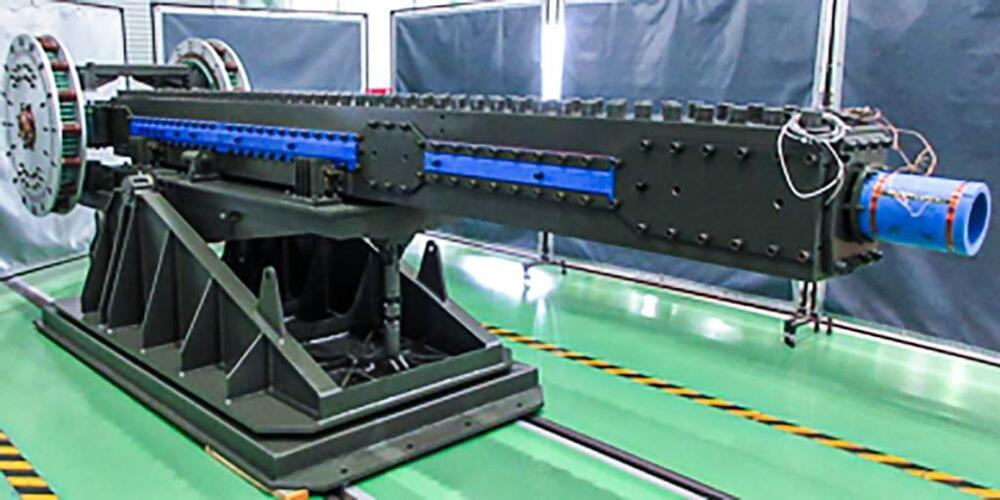
Japan set to develop railguns to counter hypersonic missiles
Defense Ministry expects to have a bolstered intercept system by late 2020s.
TOKYO — The Japanese Defense Ministry will develop a means to intercept hostile missiles using magnetically powered projectiles, sources told Nikkei Asia, as the nation scurries to respond to the hypersonic weapons being developed by China, North Korea and Russia.